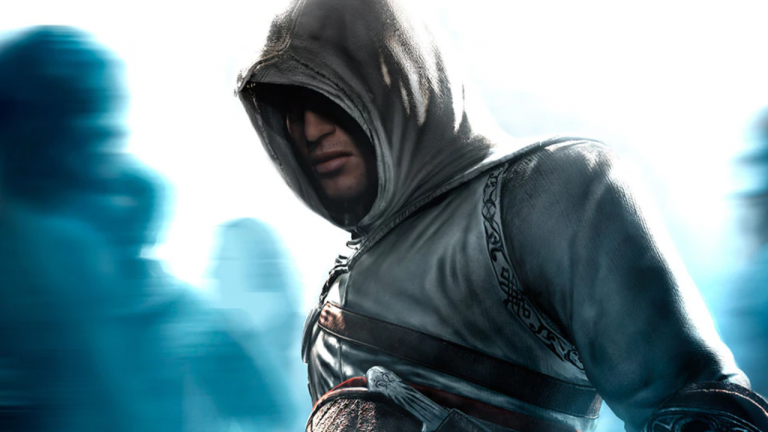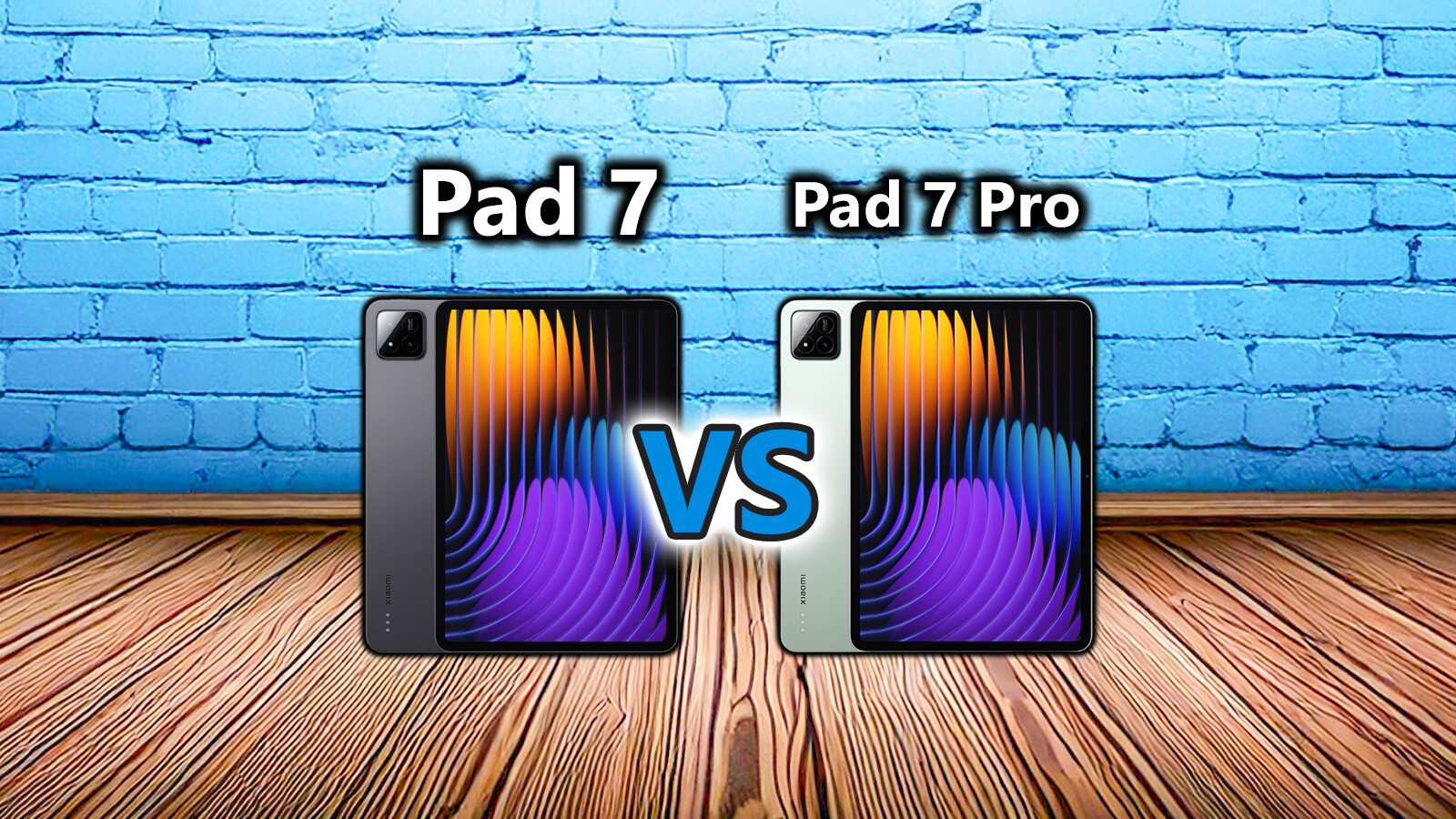Game news Assassin’s Creed: Before Mirage and Valhalla, a revolution in its time, here’s why!
While the future of Assassin’s Creed looks more than loaded, we at JV offer you a little slap in the rearview mirror. What Makes Ubisoft’s Franchise So Iconic? How was it a revolution in its day? Wait a minute, we’re going right back to 2007.
From prince to assassin
In the early 2000s, at Ubisoft’s premises, it was up to Patrice Désilets to imagine the future of action-adventure on PS3 | to introduce Xbox 360. It was then that consoles, the first with HD, were coming to studios around the world – and the man was a star of the famous French company. Because yes, it was he who oversaw the development of Prince of Persia and The Sands of Time, an iconic action-adventure game that will help forge the reputation of Ubisoft (as well as a certain Splinter Cell). The title surpasses one million units, so who better to prepare for the company’s future?
Left to right: Prince of Persia The Sands of Time; Assassin’s Creed (2007)

So, with the help of author Corey May and Jade Raymond (now at the helm of the PlayStation Haven team), the man will bring Assassin’s Creed to life! In issue 29 of JV Le Mag, he tells how Prince of Persia, thanks to its “parkour” gameplay, as well as its more or less historical character, served as his basis and led him to create the Animus and his traveling machine from ancestors. “Ubisoft loves the idea”, we can read in the same article, “particularly because it can be descent to infinity
Pull back to better explode
Sure, Assassin’s Creed is a must, but above all it’s almost one of the founders of modern video games, at least from the seventh generation of consoles. Back then, Patrice Désilets and his team were like scientists trying to define the potential of the PS3 and Xbox 360. As such, certain mechanics reflected technical innovations, such as the denser crowd than ever, allowing the hero Altaïr to hide to escape enemies. We can also mention the impressive details brought to the four cities of adventure (Acre, Masyaf, Damascus, Jerusalem) that allow for an “escalation race” that will mark its time.
The first Assassin’s Creed was released in November 2007, and then few games make such good use of the new machines’ capabilities… although names like Mass Effect, Call of Duty Modern Warfare, Uncharted, Bioshock pop up! However, the latest series from Ubisoft is not free from flaws. The structure is repetitive, the fights imprecise, the AI needs an overhaul. But impossible to remain insensitive his charm, his boldness. “Assassin’s Creed isn’t perfect, he’s like a cute kid that we can’t scold for smearing jam on our white shirt,” summarized Dinowan, a former JV journalist, in his verdict at the time.
“Gorgeous, epic, compelling, captivating, this first installment in a new franchise has far too many qualities and character for us to have the courage to penalize it.” – Test JV d’Assassin’s Creed
Ideas become references
While this first installment is openly greeted with enthusiasm, it is ultimately the sequel, Assassin’s Creed 2, that will be released two years later and will establish the license from Ubisoft. On Metacritic, a famous review aggregator that serves as general opinion in the video game industry, it’s the only chapter to have surpassed 90/100 – winning the coveted must-play macaron. It’s simple, everything is better in AC 2: the rhythm, the gameplay, not to mention the fantastic setting of Renaissance Italy that leads the hero (Ezio Auditore) to meet THE Leonardo da Vinci.
“The structure of Assassin’s Creed was a bit repetitive, we’ve overhauled it massively (in the sequel, ed.)” – Jean Guesdon, Creative Director at Ubisoft Montreal (via IGN
)
Assassin’s Creed 3, which came in 2012 after two more Appetizer-like parts, will also add its stone to the building (parkour in the trees, sea battles). We could repeat the exercise for all the other episodes in the series, but its essence ends up holding in a few key points : Parkour, the famous secret blade, the leap of faith, the phrase “Nothing is true, everything is allowed”. It is also interesting to note that some of these elements – while essential at the base – have gradually been deleted, such as: B. the current focus | Past or place of assassination.
creating a pattern
Today – in hindsight – it is not an exaggeration to say that the “Assassin’s Creed” model influenced quite a few productions. Games like Horizon Zero Dawn or Ghost of Tsushima, for example, were quickly compared to the Ubisoft license, while their famous eagle vision (which highlights important information) has become almost standard in games that mix action-adventure: Tomb Raider (2013) or even The Witcher 3 uses this mechanism.
Assassin’s Creed Valhalla (2020)
Going further, Assassin’s Creed’s actual ‘business model’, with often one release per year, certainly gave some ideas. But now Ubisoft has mainly moved to supporting its core episodes and giving them regular content after release. Valhalla (2020), the most recent major part, is an example of this. And for the French company, it has literally paid off. In February, the adventures of Eivor exceeded that billion dollars the income generated. And given what the franchise has in store for the future, numbers like this aren’t going to stop.
Table of Contents













